Size: Single Plant with/ without flower | Pot Included (Pls choose pot size)
Peace lily is a perfect plant to grow under shade or low light areas. For its proper care make sure to place it in a location that receives bright indirect sunlight. If this plant is exposed to direct sunlight, it gets sunburnt very easily and starts to turn brownish.
Plant size: Well rooted plant without flower
How to Plant, Transplant, and Divide Peace Lilies
- Use a well-draining, all-purpose potting soil. The soil should be able to hold moisture and dry out slowly over time. Peace lilies don’t like to dry out entirely, but they also won’t do well if kept in soil that’s constantly wet, as this fosters root rot fungus.
- Repotting the plant every few years in the spring is good for the peace lily, as it will appreciate the refreshed soil.
- Eventually, the peace lily may grow too large for its pot, at which point it can be divided. Remove the plant from its pot and split it into smaller plants, being sure to leave several leaves per clump. Peace lilies grow from rhizomes, so it can tolerate a bit of tough treatment during dividing.
Can Peace Lilies be Grown in Water?
Yes, peace lilies can grow in water alone; they are often sold in vases without any soil. Ideally, the base of the plant should be suspended above the water line, either by a specially-made vase insert or a layer of small river stones. This allows the roots to grow down into the water, but keeps the base of the plant and its leaves from being constantly wet, which can cause rot.
Lighting
- Ideally, keep peace lilies in a spot that gets bright, indirect light. An east-facing window is perfect, as the plant will be exposed to the bright morning sun. A north-facing window would also be a good choice for a peace lily.
- Keep peace lilies out of areas where they’ll get direct sunlight all day (such as in a south-facing window), as it may dry them out too much.
Watering
- When it comes to watering, consistency is key. Keep the soil lightly moist to the touch, but not overly saturated. Peace lilies can tolerate short periods of dry soil, but their leaves will start to develop brown tips if they don’t have enough water or humidity.
- Tip: One nice thing about peace lilies is that they will tell you when they’re thirsty: the plant’s leaves start to droop. When the plant starts to look less “perky” than usual, test the soil with your finger. If it feels dry, it’s time to water again.
- Peace lilies are sensitive to chemicals commonly found in tap water, such as fluoride, which may cause brown leaf tips. Use filtered, room-temperature water, if possible.
Humidity
- Peace lilies enjoy high humidity. Misting their leaves or placing their pot atop a moistened tray of gravel can help to increase humidity around the plant.
Fertilizing
- Peace lilies are not heavy feeders, so fertilize only occasionally. To encourage spring and summer growth, fertilize every 6 weeks or so with a balanced houseplant fertilizer starting in late winter.
Temperature
- Peace lilies are a tropical plant, so keep them in temperatures above 60°F (16°C) and away from cold, drafty windows. They do best in temperatures upwards of 70°F (21°C).
Other Care
- The large leaves of peace lilies tend to collect a lot of dust in the home. Gently wipe them down with a wet paper towel occasionally; a thick layer of dust can inhibit photosynthesis.
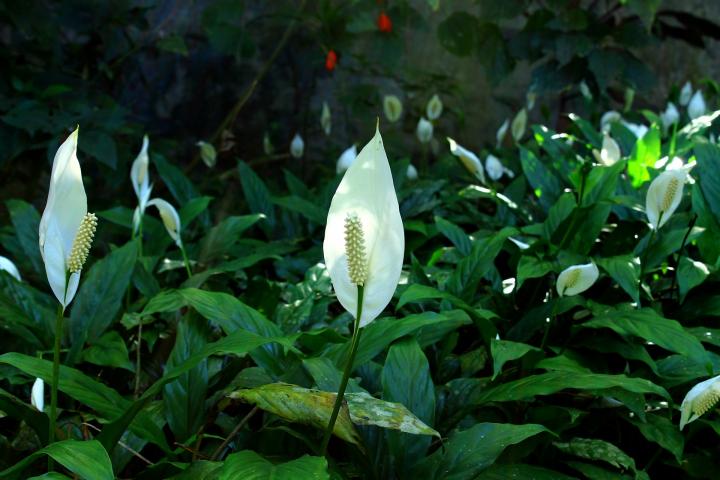
How to Get Peace Lilies to Flower
- Most often, if no flowers are appearing, the plant is not getting enough light. Peace lilies are very tolerant of low light, but “low light” doesn’t mean no light! To encourage flowering, move the plant to a brighter location, where it will receive bright, indirect light for at least a few hours each day.
- Green flowers, weak-looking flowers, or a general lack of flowers can also be caused by improper fertilizing. In the case of green flowers, cut back on fertilizing, as the plant may be getting too much nitrogen. In the case of weak-looking flowers or a lack of flowers, try switching to a fertilizer made for flowering plants. This type of fertilizer will have a higher amount of phosphorous, which plants need for blooming.
Only logged in customers who have purchased this product may leave a review.
Related products
-
Philodendron Mexicanum (Big plant)
₹1,090.00Original price was: ₹1,090.00.₹796.65Current price is: ₹796.65.Add to cartSelling size: Single Plant | Pot included Size & Growth Philodendron Mexicanum reaches a height of about 6.5-7 feet within 2 years. However, its leaves have a more impressive growth reaching 1 foot in width and 2 feet in length. When they’re small, the leaves are narrow and long, however, as they mature, they become …
-
Dischidia Ruscifolia (Million Hearts)
₹695.00Original price was: ₹695.00.₹375.00Current price is: ₹375.00.Add to cartPlant Size: Single plant | 2.5″ Pot Included | Free Shipping Dischidia Ruscifolia also known as Million Hearts, has numerous small, heart-shaped green leaves that line both sides of thin trailing stems. Its flowers are small and grow between a leaf and the stem.If grown under intense light, the plant’s leaves will develop a red tinge. …
-
Philodendron BURLE MARX Plant
₹485.00Original price was: ₹485.00.₹49.00Current price is: ₹49.00.Add to cartSelling size: Single plant | Pot Included Best Indoor Plant 🌿👌 Care is not required. It will grow both in soil and water. Philodendron Burle Marx is great for people who like extraordinary evergreen houseplants. Besides, it isn’t a demanding plant. All it needs is enough filtered light, moderate room temperatures (from 60 to 75 …
-
Calathiya Rattlesnake Plant
₹550.00Original price was: ₹550.00.₹199.00Current price is: ₹199.00.Rated 5.00 out of 5Add to cartSelling size: Well rooted plant (3-4 leaf plant) Calathiya rattlesnake is a plant easy to care for. However, there are a few measures and precautions you need to take to grow and maintain yours. Light Calathea Lancifolia prefers bright, indirect light. Like most variegated plants, it requires plenty of diffused light. Direct exposure to sunlight …
-
Golden Pothos
₹355.00Original price was: ₹355.00.₹99.00Current price is: ₹99.00.Add to cartSelling size : Well rooted plant | 2.5″ pot included The Pothos is the king of easy growing. With its lush heart-shaped foliage this trailing vine will impress you with its ability to drape beautifully over a shelf or hanging basket and liven up any room. Although the Pothos enjoys plenty of indirect sunlight, they …
-
Lemon Button Fern Plant
₹539.00Original price was: ₹539.00.₹179.00Current price is: ₹179.00.Read moreSelling Size: Single plant | 2.5″ Pot Included The Nephrolepis, or Lemon Button Fern, is one of the most pleasant small ferns an Indoor Gardener can grow. Sr Item name 1 Lemon Button Fern, Nephrolepis Cordifolia Duffii – Plant 2 Grower Round Plastic Pot (Black) Once it finds its place in your home, and you …
- Today's Offer319319 products
- Shop All13071307 products
- Featured Collections12761276 products
- AIR PLANTS77 products
- BEGINNER FRIENDLY610610 products
- BONSAI3838 products
- CREEPERS304304 products
- FLOWERING PLANTS333333 products
- FOLIAGE PLANTS895895 products
- FRUIT PLANTS1919 products
- GIFTING PLANTS222222 products
- HANGING PLANTS409409 products
- MEDICINAL PLANTS77 products
- PET FRIENDLY PLANTS407407 products
- RARE PLANTS646646 products
- STRINGS SUCCULENTS3838 products
- SUCCULENTS117117 products
- TERRARIUM PLANTS507507 products
- TREE7777 products
- VARIEGATED PLANTS228228 products
- VEGITABLES55 products
- WATER PLANTS2929 products
- Plants By Size12621262 products
- Plants By Price873873 products
- Under ₹99146146 products
- Under ₹199203203 products
- Under ₹299439439 products
- Under ₹399521521 products
- Under ₹599659659 products
- Under ₹999851851 products
- Plants By Variety11821182 products
- Adenium3333 products
- Aglaonema3232 products
- Alocasia & Colocasia5454 products
- Altheranthera11 product
- Anthurium9292 products
- Arelia55 products
- Baby Sunrose22 products
- Bamboo33 products
- Banana Variegated55 products
- Begonia55 products
- Bougainvillea1717 products
- Bromeliads22 products
- Cactus1616 products
- Caladium2121 products
- Calatheas & Marantas4545 products
- Carnivorous1212 products
- Costus55 products
- Croten44 products
- Dischidia88 products
- Dracenia99 products
- Drimiopsis33 products
- English Ivy55 products
- Episia2121 products
- Ferns7979 products
- Euphorbia1111 products
- Fiddle leaf fig11 product
- Fittonia66 products
- Grass33 products
- Haworthia33 products
- Heliconias44 products
- Homalomena1616 products
- Hoya1313 products
- Ixora22 products
- Jade22 products
- Labisia1414 products
- Lipstick plants1010 products
- Monstera5353 products
- Orchids4444 products
- Coelogyne Rochussenii Fragrance Orchid11 product
- Dendrobium Orchid1010 products
- Mokara Orchids1717 products
- Mokara Orchid (Matured Plant)1414 products
- Mokara Orchids (Special Varietys)33 products
- Phalaenopsis, Moth orchid1616 products
- Oxalis Triangularis/ Butterfly Plant55 products
- Palm88 products
- Peace Lily77 products
- Pedilanthus88 products
- Pelliona Repens33 products
- Pepperomia1515 products
- Petrea33 products
- Philodendron155155 products
- Pilea66 products
- Pine22 products
- Piper2121 products
- Pothos & Scindapsus3232 products
- Rubber plants77 products
- Schismatoglottis77 products
- Snake plants77 products
- Syngonium4545 products
- Spider plants1313 products
- Tapioca33 products
- Thunbergia88 products
- Torenia77 products
- Tradescantia Varietys1414 products
- Zz Plants55 products
- Other plants174174 products
- Plants By Location557557 products
- Balcony plants483483 products
- Bedroom plants9595 products
- Kitchen plants7575 products
- Livingroom plants114114 products
- Office plants100100 products
- Outdoor plants307307 products
- Restroom plants6060 products
- Best Sellers6868 products
- Combo Offers1616 products
- Garden Accessories3939 products
- Bulbs And Tubers55 products
- Fertilizers11 product
- Insecticide11 product
- Planters77 products
- Pot Hanger88 products
- Potting Mix55 products
- Seeds1414 products

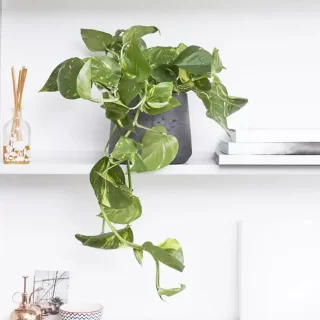
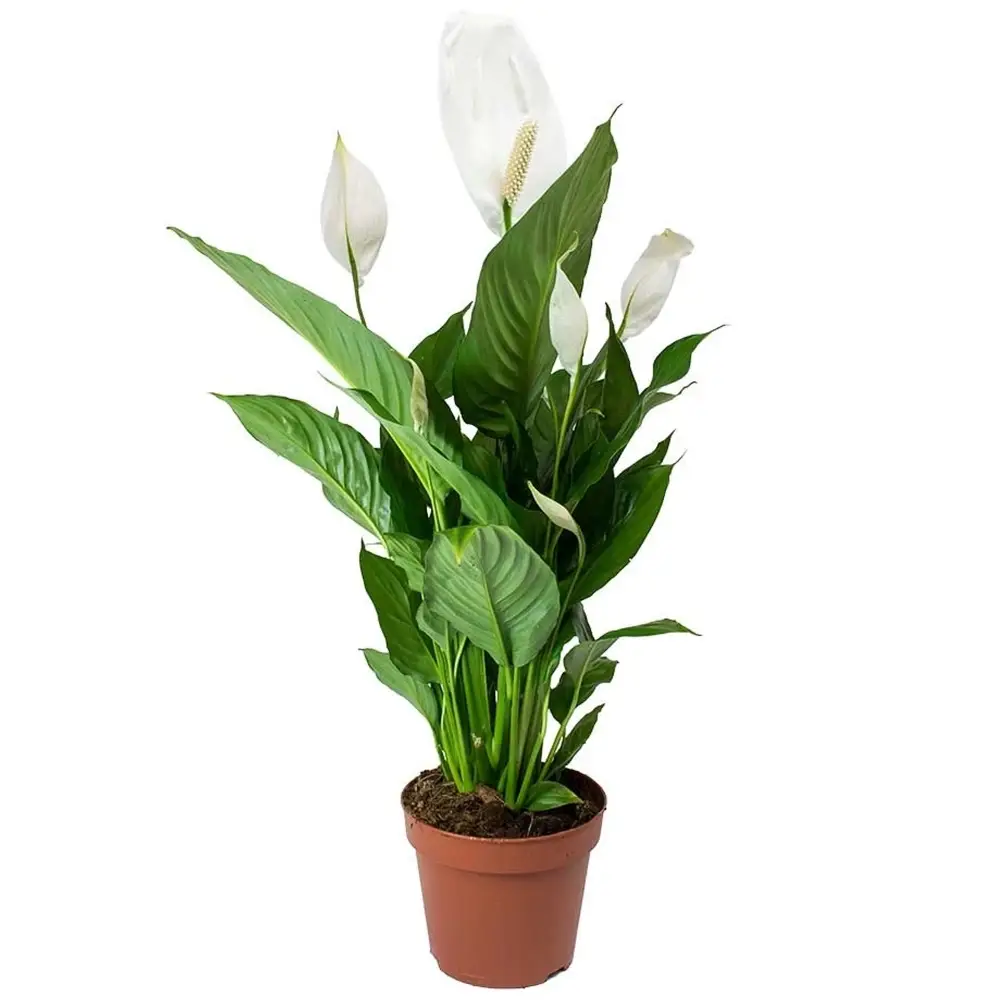

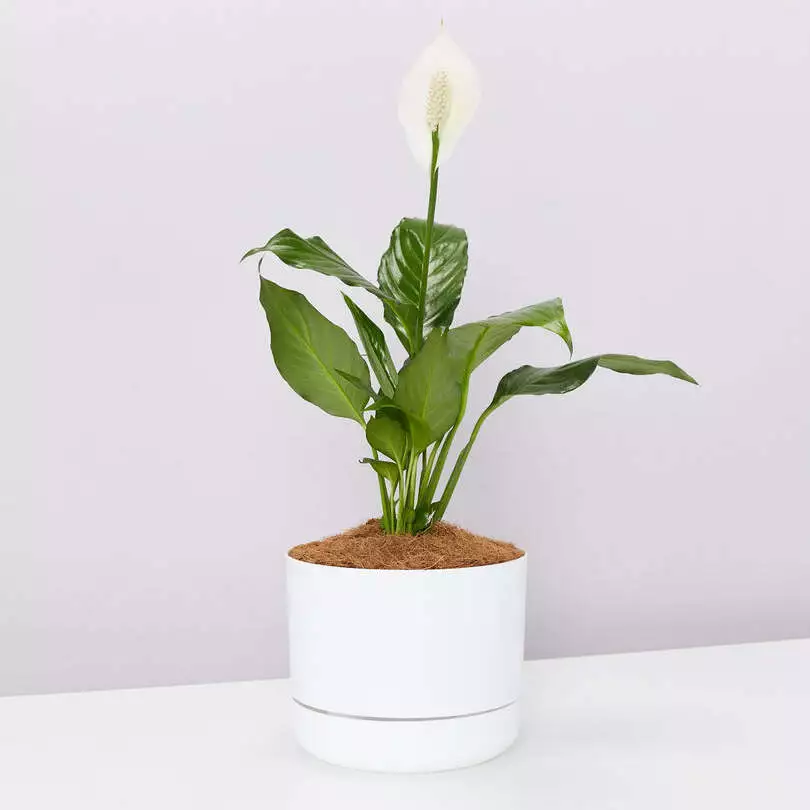
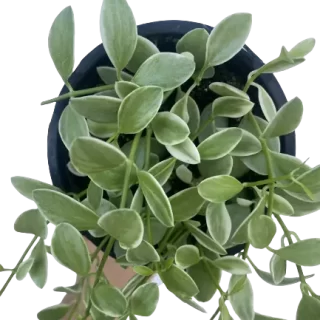
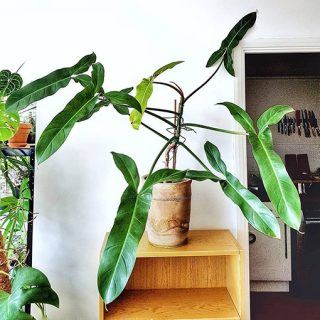

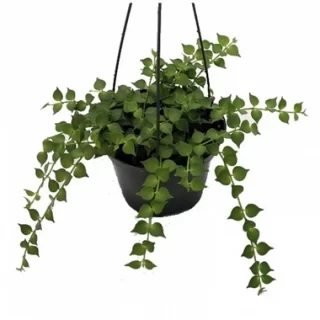
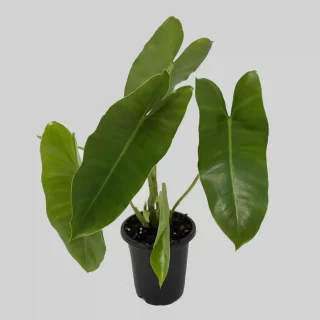

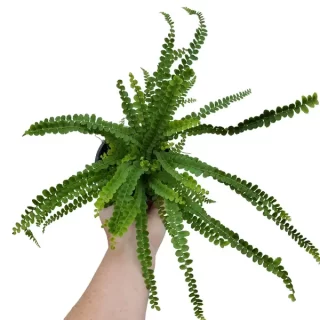
 If you need any assistance, I'm always here. Have you found what you were looking for?
If you need any assistance, I'm always here. Have you found what you were looking for?
Reviews
There are no reviews yet.